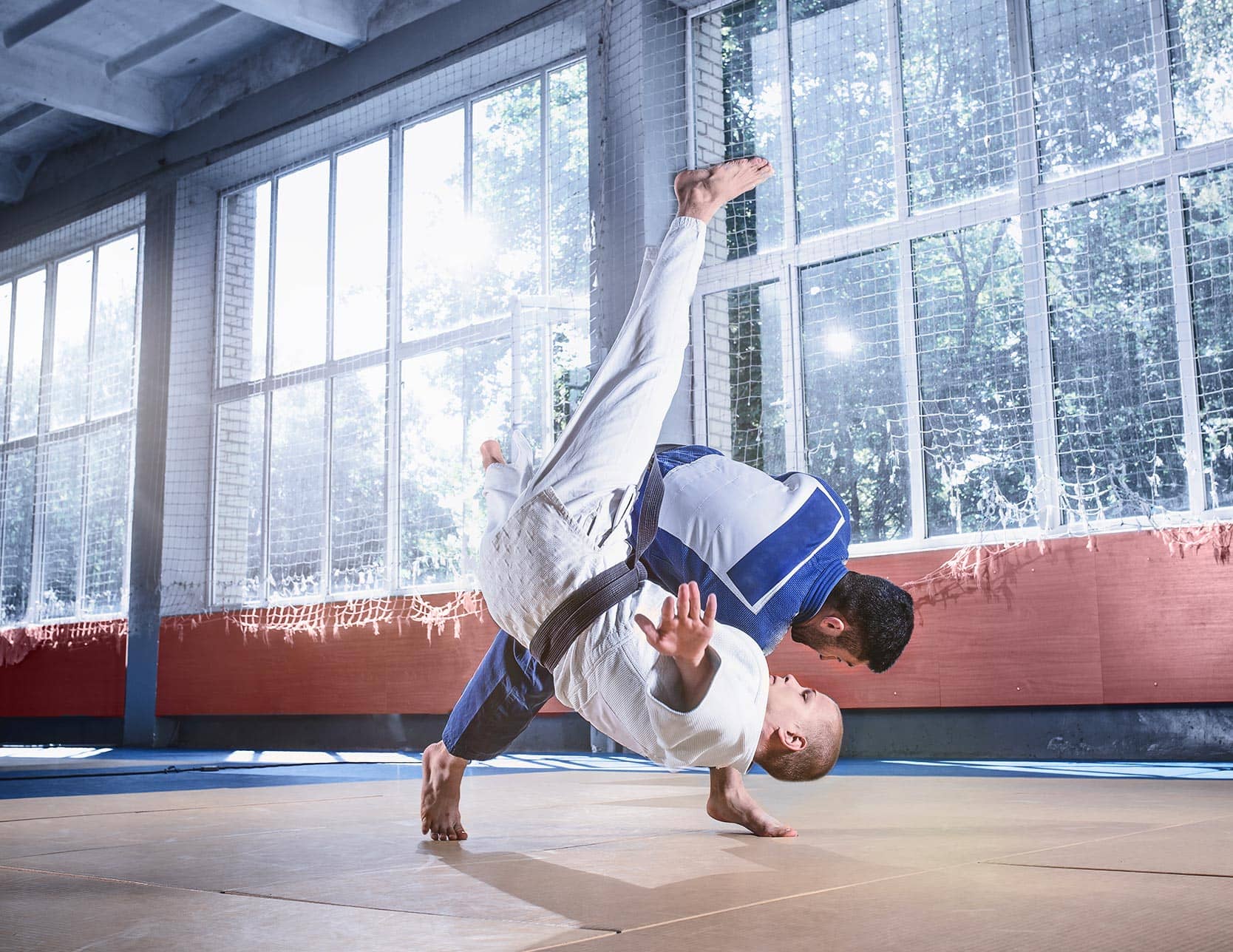Published on 15 August 2023
Hip Prosthesis When Practicing a Combat Sport
The importance of the preoperative sports level The evaluation of the sports level and the impact of the coxopathy on the...

The importance of the preoperative sports level
The assessment of the athlete’s preoperative sports level and the impact of coxopathy on physical capabilities are fundamental in the development of the therapeutic plan. Post-operative sports aspirations and objectives determine the management of rehabilitation and re-athleticization. The athlete’s prior level conditions their future sports practice. The therapeutic strategy focuses on preserving the periarticular musculature using the anterior approach to the hip. Allowing the athlete to achieve their set goals requires a high level of surgical expertise, as well as proper rehabilitation and reathleticization. This final phase should be supervised by a sports trainer, with the approval of the hip surgeon and the sports physician.
After a hip prosthesis implantation, when can sports activities be resumed ?
After a hip prosthesis surgery, the initial phase is dedicated to wound healing and solid osseointegration of the prosthetic components. Therefore, only low-impact physical activities are allowed during the first two postoperative months. The practice of combat sports is prohibited during this period. Gradually, activities such as walking with the assistance of crutches, swimming, and gentle cycling are introduced. Muscular contractions without joint movement help preserve muscle strength.
Once this healing phase is completed, overall muscle rehabilitation, lumbar and abdominal core strengthening, and toning of the hip musculature (glutes, psoas, rotators…) are encouraged under the guidance of a physiotherapist.
After 2 to 3 months, strength training with resistance is introduced, followed by guided re-athleticization by a fitness coach.
Are there any sports limitations due to the presence of a hip prosthesis ?
For young, athletic patients, regardless of their level, the goal is to restore satisfactory and high-performance sports practice.
To restore a mobile, stable, powerful, and pain-free joint, preserving hip musculature and geometric parameters is essential. This is achieved through the direct anterior approach with the use of a customized hip prosthesis.
Under these conditions, and in the absence of complications, there are no specific limitations related to the prosthesis in the practice of martial arts. However, if martial arts practice is associated with mechanical difficulties related to the hip prosthesis, the cause should be identified and treated.
Advice from expert hip surgeons
The choice of an expert surgical team experienced in the management of young and athletic patients is particularly justified for combat sports athletes. The surgical plan should:
- Precisely analyze the 3D geometric parameters of the hip joint using specific scanning and define reconstruction objectives.
- Utilize a surgical technique that preserves musculature (direct anterior approach).
- Prioritize personalized (individualized) implants (custom-made hip prosthesis).
- Support the return to sports through specific rehabilitation and reathleticization.